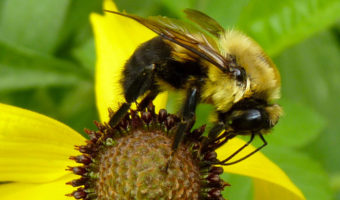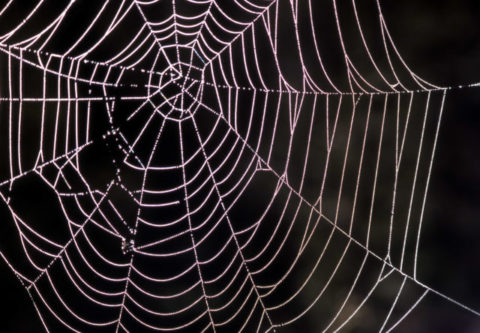RHS Tatton Park runs from 17th to 21st July and one of their central themes this year is bugs in the garden. Whilst creepy crawlies may not be your favourite garden visitors, not all insects are pests. Some insects are beneficial to gardeners.
Whilst this is not an exhaustive list, here are some of the more common ones:
Ladybirds
Ladybirds are probably our most popular beneficial insect and are a universal sign of good luck. They prey on aphids, whitefly, mites, fleas and can consume more than 5,000 aphids during their lifetime. Any flowering plants in your greenhouse that provide the adults with a source of pollen and nectar will help encourage these insects to stay. They are particularly attracted to Dill, Dandelion, Fern-leaf Yellow, Basket of Gold and Common Yarrow.

Bumblebees
90% of all plants require cross-pollination to spread and thrive. Bumble bees carry large pollen deposits on their hind legs as well as it clinging to their hairy abdomens. The bumblebee is nature’s most industrious pollinator. It facilitates the fruiting of a number of vegetables and tree fruits by depositing the pollen as they go from blossom to blossom. Intensive pollination of this kind results in greater yields of everything in the greenhouse, from tomatoes and peppers to strawberries and cherries. In this sense, bumblebees help feed the world.
Spiders
You’ll often find garden spider’s webs in the greenhouse, strung between tomato plants. Although it can be annoying when you walk into one, just think of all the whitefly it catches. Tiny money spiders can be found all over the plants in the greenhouse in summer. They are well worth encouraging since they feed on greenfly, eating thousands each year. Tall plants in the greenhouse will attract more spiders which are far more efficient than artificial pesticides, as well as being on duty full time
Caterpillars
Butterfly caterpillars feed on a wide variety of plants, and most species are not harmful to the vegetation they eat. Whilst there aren’t actually that many “pest” butterflies, the cabbage white can ruin a crop of broccoli or cauliflower in a few short weeks. When we use chemicals to control pests, we often kill beneficial insects as well, so it is better to try and control them by natural means instead. In the case of the cabbage white, planting thyme, oregano or hyssop near your cabbage-family plants will help repel the butterfly. Picking caterpillars off the plants in your greenhouse by hand will help.
Whilst we want to encourage beneficial insects into the greenhouse, we also want to keep unwanted pests out. The best way to control insect pests is to be careful what you bring into your greenhouse. Keep new plants separate from the main population of greenhouse plants until you are satisfied that they are pest-free. Encourage presence of ‘good bugs’ in your greenhouse to feed on harmful insects.